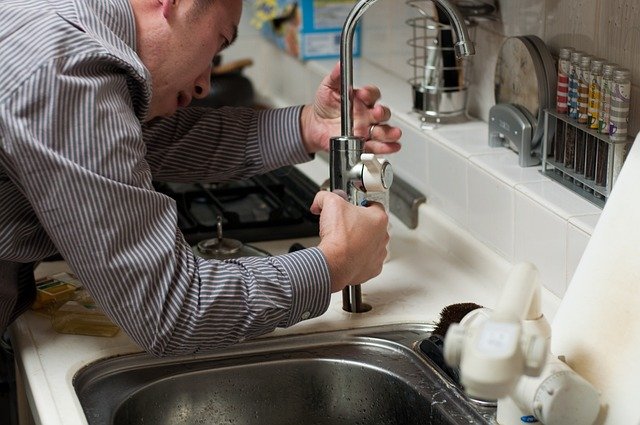Damage-Free Furniture Moving Techniques for Homeowners
Moving furniture around your home doesn't have to result in scratched floors, damaged walls, or strained backs. Whether you're rearranging a single room or relocating to a new home, the right techniques and tools can make the process smooth and safe. From understanding proper lifting mechanics to utilizing specialized equipment, homeowners can protect both their belongings and their property while moving even the heaviest pieces with confidence.

Relocating furniture within your home or to a new residence requires careful planning and the right approach to prevent costly damage. Many homeowners underestimate the importance of proper moving techniques, leading to scratched hardwood floors, dented walls, and potential injury. Understanding the fundamentals of safe furniture moving can save both money and physical strain.
How Furniture Sliders for Heavy Items Simplify Moving
Furniture sliders represent one of the most effective tools for protecting floors during moves. These small discs, typically made from plastic or felt, create a smooth barrier between furniture legs and flooring surfaces. Heavy items like dressers, bookcases, and sofas can glide effortlessly across hardwood, tile, or carpet when proper sliders are positioned underneath each contact point.
The key to successful slider use lies in selecting the appropriate type for your flooring. Felt sliders work best on hard surfaces like hardwood and tile, while plastic sliders excel on carpeted areas. Before positioning sliders, ensure furniture legs are clean and free from debris that could cause scratching during movement.
Essential Components of an Easy Furniture Mover Set
A comprehensive furniture moving kit typically includes multiple components designed to handle various moving challenges. Lifting straps distribute weight evenly across your body, reducing strain on your back and arms. Furniture dollies provide wheeled platforms for transporting heavy items across longer distances, while corner guards protect walls and doorframes from accidental impacts.
Quality moving sets also include furniture pads or blankets to wrap delicate surfaces, preventing scratches and dents during transport. Adjustable lifting bars can help raise furniture high enough to position sliders or dollies underneath without requiring multiple people to lift simultaneously.
Moving Furniture Without Scratching Floors: Prevention Strategies
Floor protection extends beyond using sliders and requires comprehensive planning. Begin by clearing pathways of obstacles, ensuring adequate space for maneuvering large pieces. Remove area rugs that could create tripping hazards or interfere with slider movement.
For particularly valuable flooring, consider laying down protective materials like cardboard, moving blankets, or specialized floor protection film along your intended route. These temporary barriers provide additional insurance against accidental drops or sliding mishaps that could penetrate slider protection.
Proper Lifting Techniques and Body Mechanics
Safe furniture moving starts with understanding proper lifting mechanics. Always lift with your legs rather than your back, keeping the item close to your body throughout the movement. When possible, remove drawers, shelves, and other detachable components to reduce weight and prevent shifting during transport.
Team lifting requires clear communication and coordination. Designate one person as the leader to call out directions and ensure synchronized movement. Practice the route with lighter items first to identify potential obstacles or tight spaces that might require alternative approaches.
Professional Moving Equipment and Cost Considerations
Investing in quality moving equipment can significantly reduce the risk of damage and injury. Professional-grade tools often provide better durability and effectiveness compared to basic alternatives.
| Equipment Type | Provider | Cost Estimation |
|---|---|---|
| Furniture Slider Set (16-piece) | Forearm Forklift | $15-25 |
| Moving Straps and Harness | Shoulder Dolly | $30-50 |
| Furniture Dolly (1000 lb capacity) | Milwaukee Hand Trucks | $80-120 |
| Complete Moving Kit | U-Haul | $45-75 |
| Professional Floor Protection Film | Ram Board | $60-100 per roll |
Prices, rates, or cost estimates mentioned in this article are based on the latest available information but may change over time. Independent research is advised before making financial decisions.
Planning Your Move: Room-by-Room Strategies
Different rooms present unique moving challenges that require tailored approaches. Bedrooms typically contain heavy dressers and bed frames that benefit from disassembly when possible. Living rooms feature bulky sofas and entertainment centers that often require multiple people and specialized equipment.
Kitchens present particular challenges due to appliances and tight spaces. Refrigerators and washing machines require appliance dollies and careful attention to utility connections. Always disconnect and secure loose components before attempting to move major appliances.
Successful furniture moving combines proper planning, appropriate tools, and safe techniques to protect both your belongings and your home. By investing in quality moving equipment and taking time to understand proper procedures, homeowners can tackle even challenging moves with confidence. Remember that some situations may warrant professional assistance, particularly when dealing with extremely heavy items, valuable antiques, or complex staircases that present significant risk factors.




